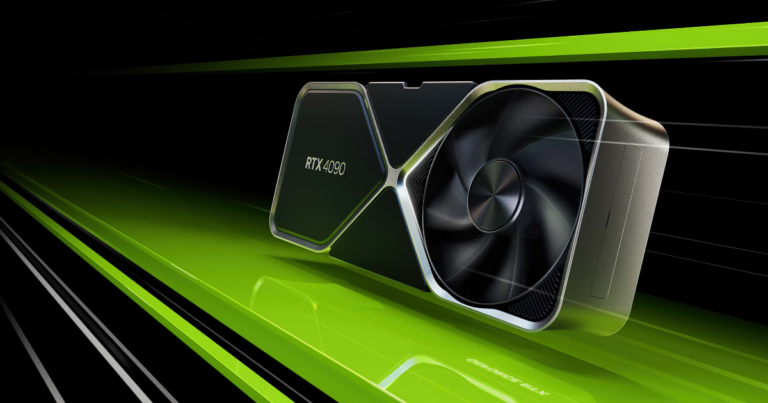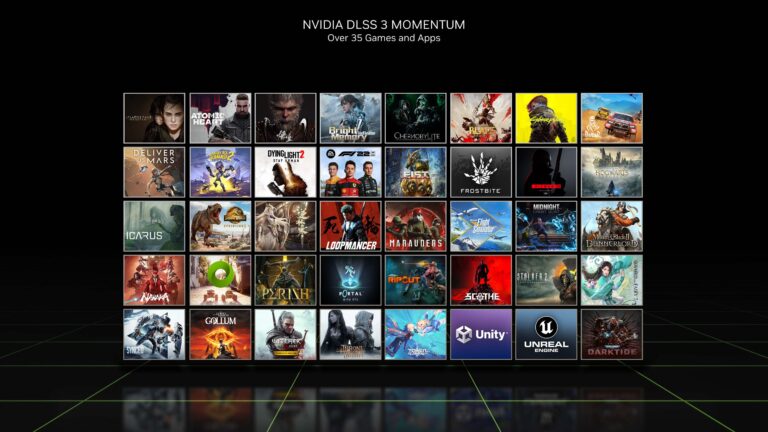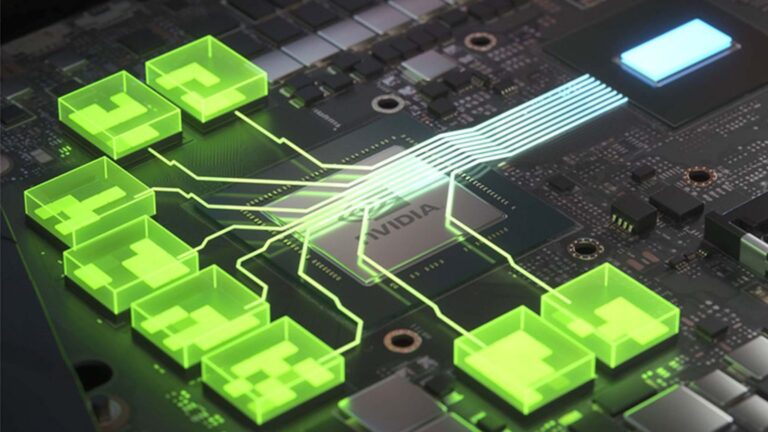One GPU to rule them all.
Nvidia RTX 40 vs RTX 30 vs RTX 20 series side-by-side showdown
It’s finally happened. The long-rumoured Nvidia GeForce RTX 40-series is here.
While hopefully there’s more stock for the 40-series than there was for the 30-series graphics cards, the more pertinent question is whether you need to rush out and buy one of the latest Nvidia GPUs. More specifically, if you own an Nvidia GeForce RTX 20-series graphics card or an RTX 30-series GPU, do you really need a 40-series graphics card?

Which graphics cards are part of the Nvidia GeForce RTX 40-series line-up?
At the time of writing, Nvidia had announced two main graphics cards for the 40-series, with two variants for one of those (we expect more to come next year). Early adopters will be able to buy the Nvidia GeForce RTX 4090 (available 12 October 2022) or wait a bit longer for the more reasonably priced RTX 4080 graphics cards (out in November).
The RTX 4080 GPUs are offered in 16GB and 12GB configurations. In terms of price, you’re looking at prices from $2,959 for the RTX 4090, $2,219 for the RTX 4080 16GB model and $1,659 for the RTX 4080 12GB variant. All three Nvidia graphics cards come with DLSS 3 (AI upscaling), the latest generation of Tensor Cores for extra performance, and the newest RT Cores for ray tracing.
Check out the specs for the announced RTX 40-series graphics cards below.
Nvidia GeForce RTX 40-series specs
Nvidia GeForce RTX 4090 vs 3090 Ti vs 3090 vs 2080 Ti
Because Nvidia has currently only confirmed the existence of its flagship RTX 40-series GPUs, we’ll start our comparisons with the priciest one first. The last time we did these comparisons, we dealt the GTX 10-series into the mix. Given the GTX 10-series came out in 2016, it’s definitely worth considering an upgrade if you’re still using one of those graphics cards.
For those disinterested in compromise who love top-of-the-line Nvidia graphics cards, this comparison is for you. First, let’s start with a side-by-side specs comparison below. Note that there wasn’t a 2090 graphics card, which is why the most powerful 2080 Ti GPU from that series is used below.
Nvidia GeForce RTX 4090 vs 3090 Ti vs 3090 vs 2080 Ti
Despite high prices across the board (and a $500 RRP leap from the 3090 to the 4090), the best price-to-performance based on raw specs is still the GeForce RTX 4090.
In terms of base performance potential, the 4090 has around 34% more CUDA Cores than its nearest competitor the 3090 Ti, with a 25% faster base clock and a 26% faster boost clock. The latest generations of Ray Tracing and Tensor Cores also promise better fidelity and boosted performance gains.
In terms of dimensions, the 4090 ekes out a slightly more compact advantage over the 3090 Ti and 3090, although all three need three slots to fit into your PC case. If you want a two-slot option, you’ll have to go back to the 3080 Ti or lower-performing graphics cards.
Speaking of multiple things, SLI support isn’t available for the 4090, which means you’ll have to stick with a 30-series or 20-series GPU if you want more than one graphics card in your machine.
The max heat tolerance of the 3090 Ti and 3090 Ti is slightly better than the 4090, but it’s impressive that the 4090 boasts greater performance albeit with the same power requirements as the 3090 Ti. That said, opt for the 3090 or 2080 Ti if you’re using a 750W or 650W power supply.

Nvidia GeForce RTX 4080 vs 3080 vs 2080 Super vs 2080
This comparison is a lot more straightforward as there are applicable graphics cards for the 4080, 3080 and 2080. Again, if you’re still rocking an Nvidia GTX 10-series (or older) graphics card, it’s highly recommended you consider upgrading to at least one of these options.
These graphics cards are cheaper than the top-tier models from the three respective generations, but still offer plenty of performance. Let’s dive into the side-by-side spec comparison first.
Nvidia GeForce RTX 4080 vs 3080 vs 2080
There are effectively two graphics cards from each generation to choose from, with Nvidia launching with two 4080 and 3080 models, and the 2080 Super launching as a refinement of the original 2080.
In a straight CUDA Cores comparison, the best dollar-to-core performance comes from the 10GB version of the RTX 3080 (and that’s with its launch price). That said, expect measurable performance gains from the 4080 GPUs thanks to faster base and boost clocks, plus the latest generations of Tensor and Ray Tracing Cores. If you fancy SLI, you’ll have to jump right back to the 20-series, though.
As for the practicalities, the 3080 and 2080 graphics cards are more compact designs. If you want a smaller GPU, consider buying a 3080, especially because their retail prices continue to tumble. The maximum GPU temperature differences are negligible, but half of the GPUs compared need a 750W power supply. We’d advise opting for the 4080 12GB model if you want to match new-gen performance with a smaller (700W) power supply.

Nvidia RTX FAQs
Nvidia RTX is the starting moniker for the current and previous two generations of graphics cards. The ‘RTX’ part is linked to ray tracing, which offers realistic lighting and reflections in supported games.
Yes, Nvidia RTX graphics cards are better than Nvidia GTX graphics cards. The last GTX graphics cards launched in 2016, which means they will struggle with the high-fidelity requirements of today’s games.
Yes, an Nvidia GeForce RTX graphics card is worth buying today. Whether you choose a cheap 20-series model, a still-solid 30-series graphics card, or a new 40-series GPU, Nvidia GeForce RTX graphics cards offer great performance.
Related Articles



